Painted dark red and white, these four-wheeled, double-decker trams are part of the Edinburgh Corporation Tramways. Opened on July 1, 1919, the Edinburgh Tramways had a total route length of 76.04 km.
Back when it first opened, the trams were horse-drawn as a replacement of the earlier horse-drawn coach system. The famous architect Sir James Gowans, together with the engineer John Macrae, laid the tracks for this tramway.
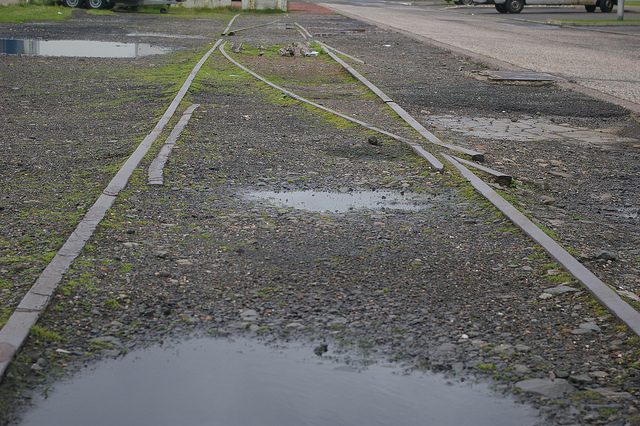
In 1888, Edinburgh Northern Tramways started the first cable-hauled trams. Part of the winding gear can still be seen on the side of the Royal London Offices. In 1904, the Leith Corporation took over the horse-drawn tramlines and in 1905, Scotland’s first electric tram system was introduced.
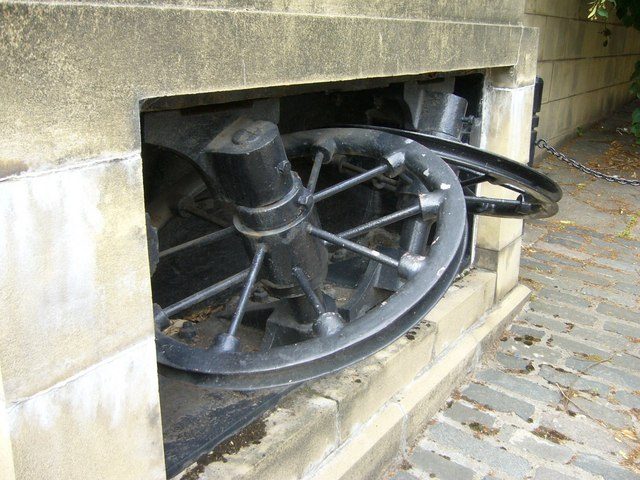
Later in 1920, the Edinburgh Corporation took ownership. The difference between these two corporations was that the Leith system was electrified, while the Edinburgh system used cable haulage–the same system used in San Francisco today
After two years, the Edinburgh Corporation made the bold decision to convert the entire system to electric traction. The last cable tram was in use until 1923 and its rail can still be seen today in Waterloo Place.
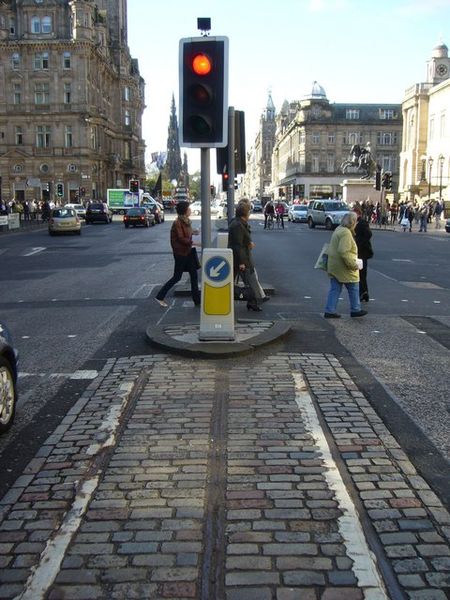
The innovation that was introduced by the Edinburgh Corporation, namely the first motor bus, was the beginning of the end for the tramway. After the Word War II, almost all of the tramways were closed as a result of the transition to diesel buses. The last remaining tram was finally removed on 16 November 1956.
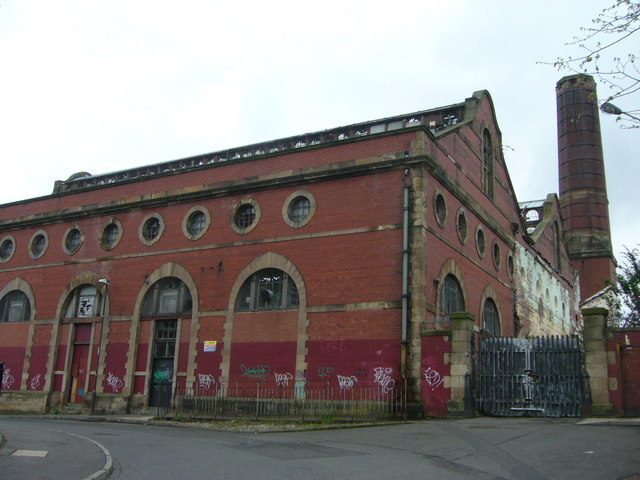
Changing political power played a major role in the demise of the city’s tram system. In addition, the growing popularity of the motor car following Word War II added fuel to the fire, with motorists claiming the tramways obstructed traffic.
McHardy & Elliot, Leeds Forge, English Electric, and Pickering were the four private makers of Edinburgh Standard tram cars, running their business from 1922 to 1934.
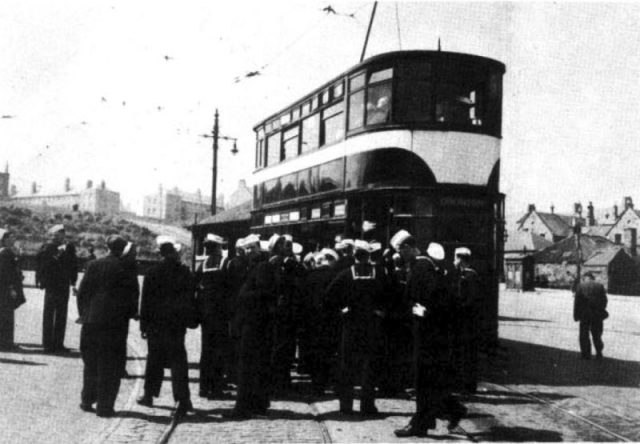
These cars were four-wheelers featuring opened balconies on the upper decks. Later editions of the cars had enclosed balconies that were subsequently added to the standard version.
One of the cars from line 35 was saved after the tramway was discontinued and placed in a small museum at the Shrubhill Depot.
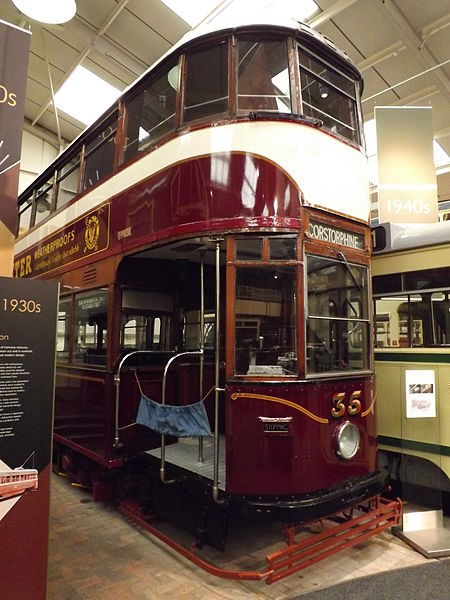
Bad luck followed, however, and the museum had to be closed due to roof leakage. The tramcar was moved one final time to the National Tramway Museum where it remains on display as a reminder of the progress of technological evolution.
